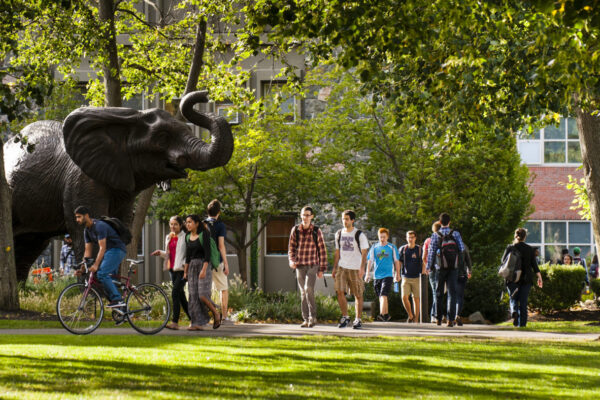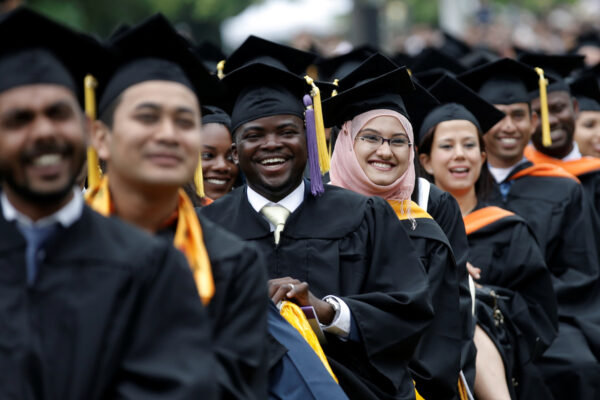Understanding the Impact of Industry-Led Partnerships With Higher Education Institutions
Title: Mapping the Opportunities: How Industry-Led Public-Private Partnerships Are Engaging Postsecondary Institutions to Benefit Employers, Postsecondary Institutions, and Students
Authors: Alexandria Walton Radford, Helen Muhisani, Kathy Hughes, Jasmine Howard, and Lauren Mason
Source: American Institutes for Research (AIR), Center for Applied Research in Postsecondary Education
Strengthening student success and maximizing return on investments (ROI) for both students and institutions of higher education require deep collaboration between employers and colleges. A new report offers an in-depth analysis of successful public-private partnerships in postsecondary education. The study examined 23 existing partnership programs, encompassing state-specific initiatives in 10 states and two national programs.
Based on AIR’s recent survey, manufacturing and health care make up more than 70 percent of these postsecondary partnerships, but a wide range of career industries is represented in the 23 programs included in the analysis. AIR found several key outcomes or positive impacts of increased collaboration between employers, colleges, and career sectors, which include:
Student benefits: More than a quarter of partnerships (27 percent) provided participants with coaching/mentoring services, and nearly one in four initiatives (23 percent) created deeper connections in the industry through referrals, job training, and letters of support. These programs support career exploration activities, including what types of careers are available and where students can receive further training in different industries (e.g., apprenticeships, community colleges, four-year colleges).
Two-year colleges are highly present: Of the postsecondary partnerships that were surveyed, every initiative had at least one public two-year college as a partner, and 74 percent had a public four-year college as a partner as well. These statistics speak highly to the impact that public institutions can have by being engaged with their community, as well as the role of community colleges in promoting in-demand job training and industry connections.
Industry partners and organizations are also stakeholders: During the interview and survey process, many initiative leaders responded that the involvement of an intermediary organization is key to the growth and effectiveness of postsecondary partnerships, particularly in building the capacity and awareness of these training programs. This is exemplified by 86 percent of survey respondents detailing there is an additional organization in these public-private partnerships such as a local chamber of commerce or workforce development board.
To read the full brief, click here. For more coverage of AIR’s ongoing work on improving postsecondary education for today’s students through its Center for Applied Research in Postsecondary Education, click here.
—Austin Freeman
If you have any questions or comments about this blog post, please contact us.


